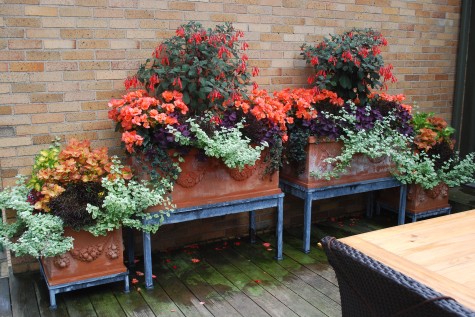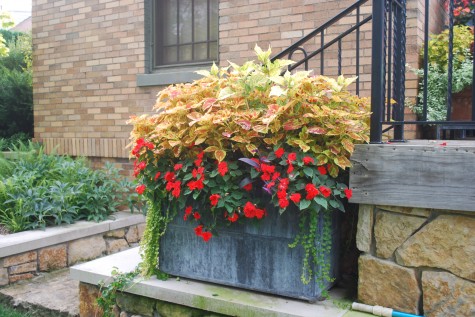I apologize for my morning’s post rife with spelling errors-but it is a sign of my times. I have just now edited that post-go back, should you have a mind to. Mid May-there are not enough hours in the day to sort out and properly respond to everything how I would like. I have lots of marbles on the table-all of them threatening to fall off, lest I scoop them up. I am scooping, as fast as I can.
Delphine Gitterman, the shining star of that most fabulous French garden blog Paradis Express, has linked to me twice in the past week-do you read her? If not, sign up. Her images, her point of view-will change your gardening life. Interested in the visual? www.paradisexpress.blogspot.com Her point of view is like nothing I have ever entertained. I could not be more pleased that she follows my work. She draws images from every visual discipline that interests her; should you miss two days, you are pages behind. I read her every day-enough said.
This greatly benign spring, the heavy rain, the warm temperatures-enjoy the rush, as I am. I am caught up in the best spring rush it has ever been my privilege to participate in. Rushing to catch up, are you? Me, too.
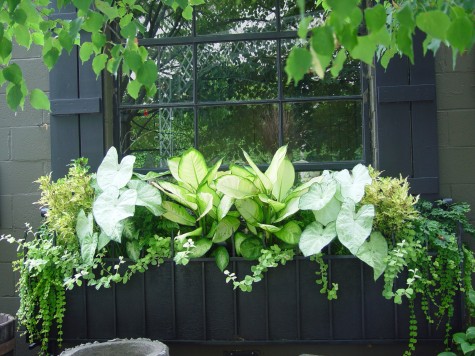
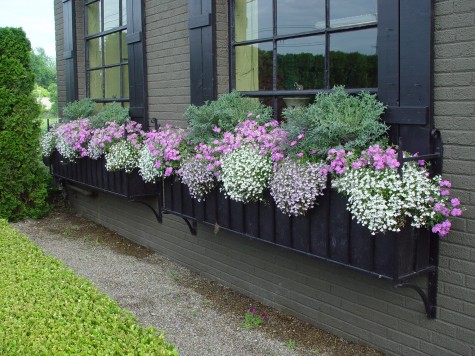

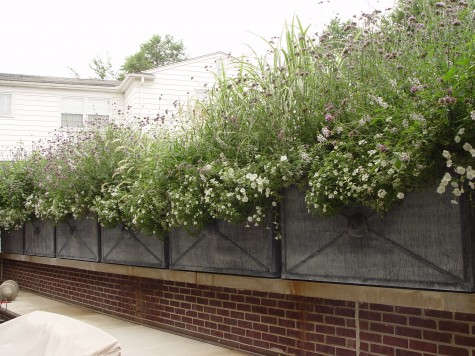
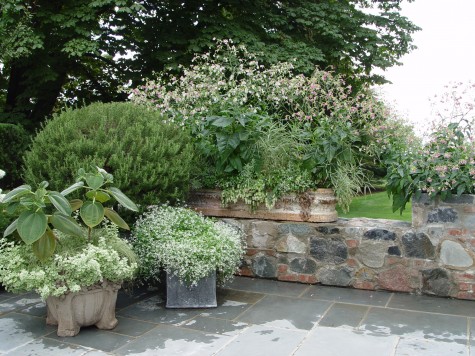

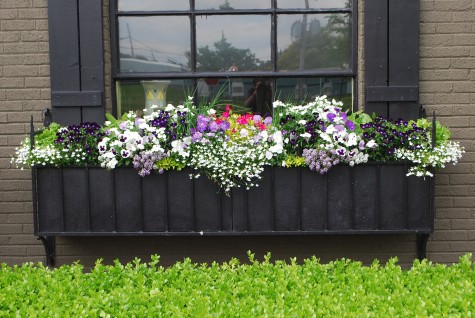
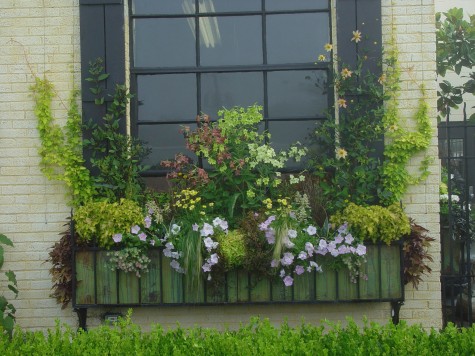
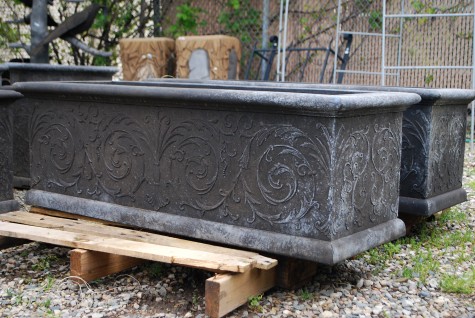
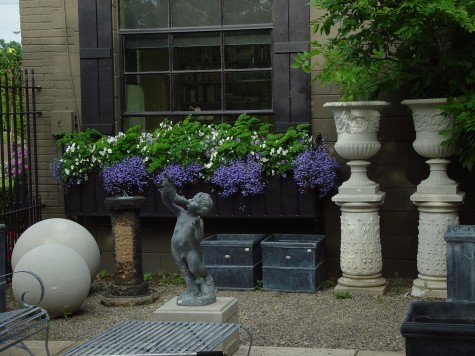
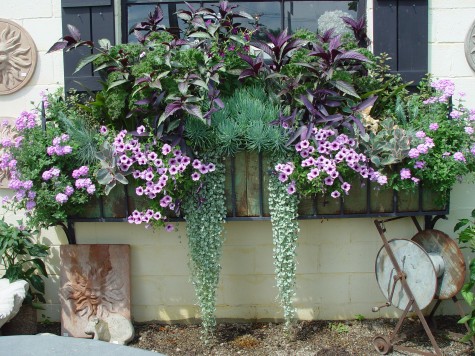
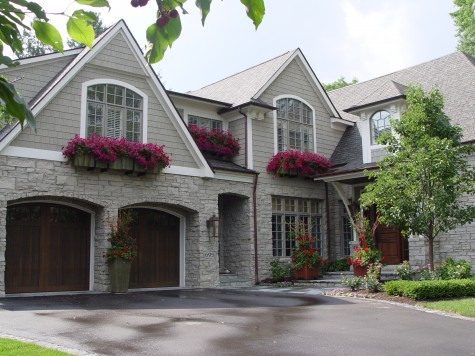
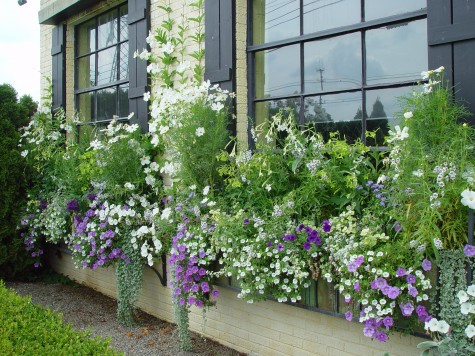

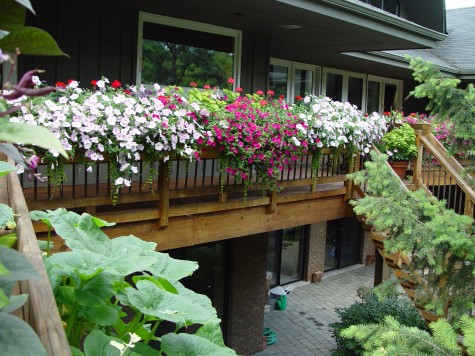

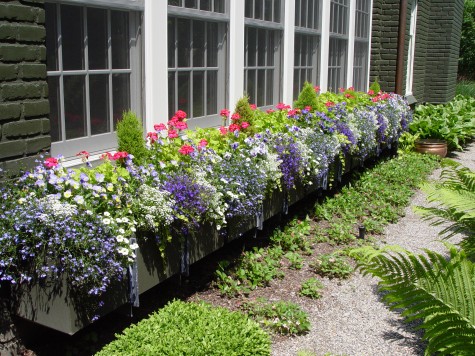

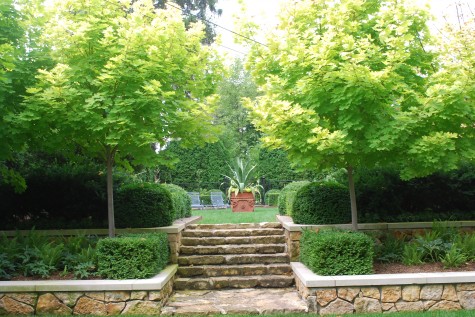
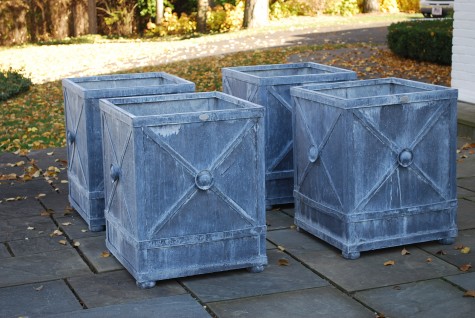
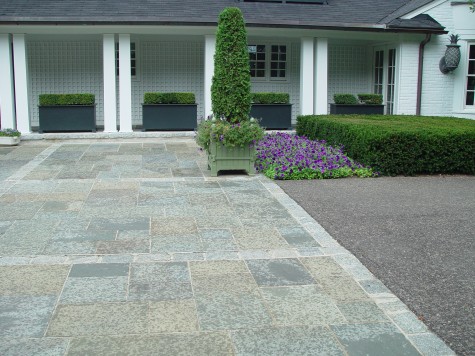
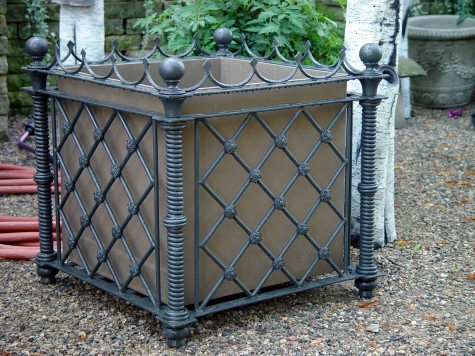

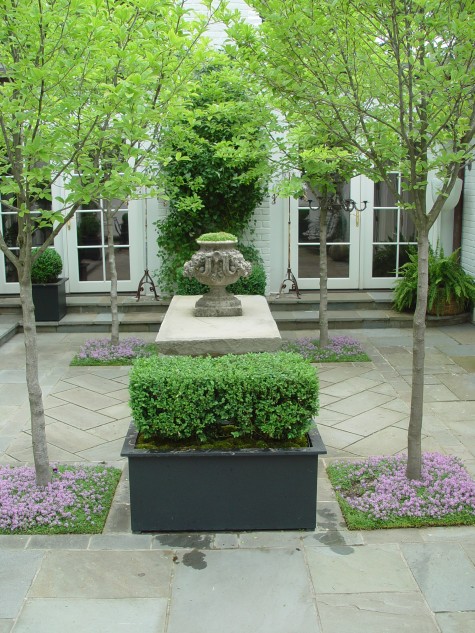
![37a1[1]](https://deborahsilver.com/wp-content/uploads/2010/05/37a11.jpg)
